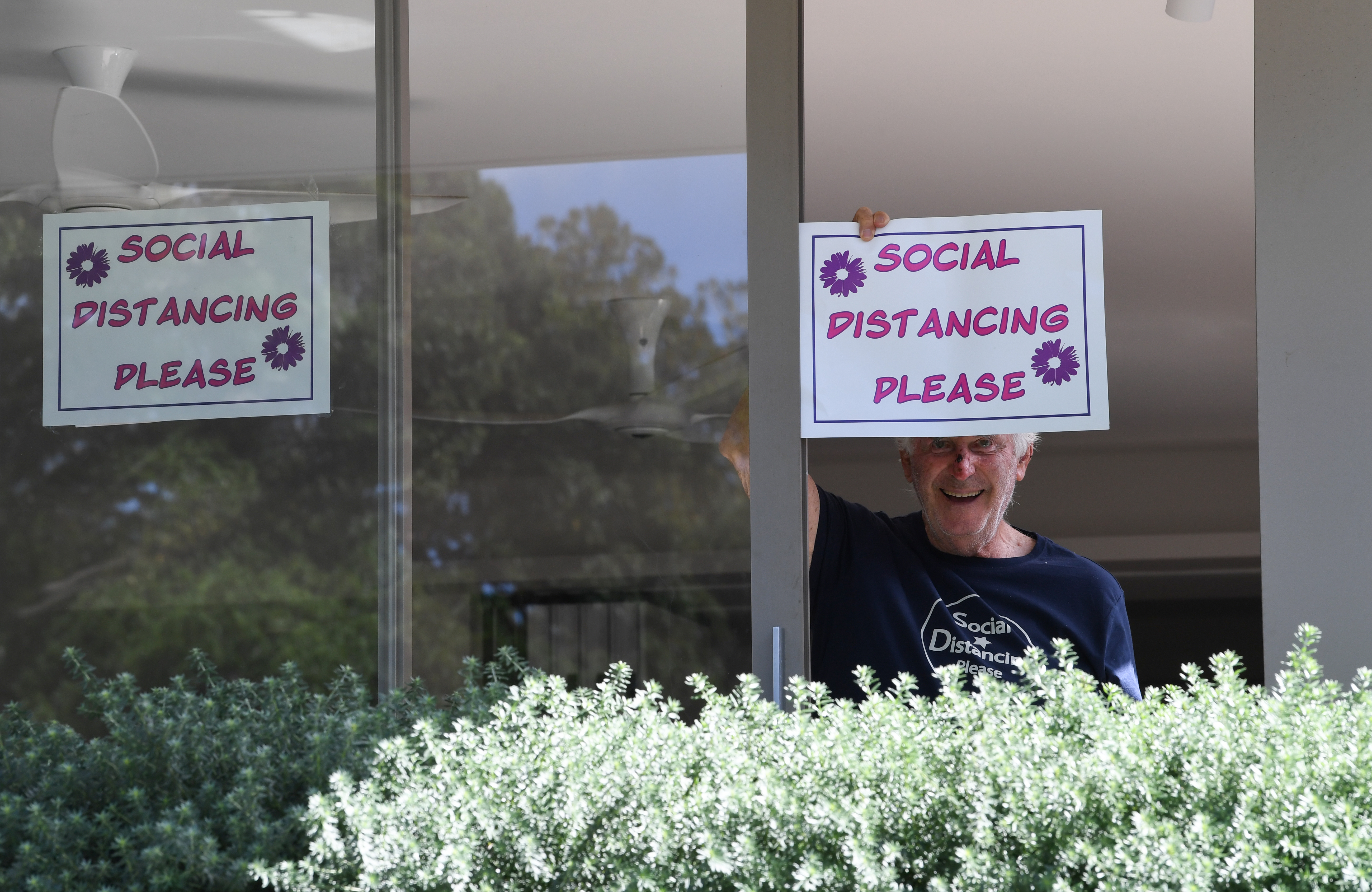By now, most have gotten the gist of it:
Wash your hands – frequently and for at least 20 seconds.
Don’t touch your face.
Keep a distance of at least six feet between you and other people.
Stay home, and stay safe.
Health experts, including the Centers for Disease Control, have issued a series of guidelines to help reduce the spread of the COVID-19 virus. But what factors have motivated some individuals to follow these guidelines as closely as possible, while others ignore the recommendations completely – and what can we learn from the experience of COVID-19 that can help improve strategies that promote preventative health behaviors?
In the face of the ongoing pandemic, a UConn researcher has launched a study to look at how behavior and social attitudes change, and what factors influence those changes, when people in the United States are faced with the threat of widespread disease. The study is backed by a National Science Foundation (NSF) RAPID grant, awarded last week, which will support the year-long examination.
“We saw this as an opportunity to really think about whether we can identify individual factors – personality factors – that would predict engagement in preventative health behaviors,” says Natalie J. Shook, a social psychologist, an associate professor in the UConn School of Nursing, and the principal investigator on this new study. “From there, for future pandemics or future viral threats, are there different strategies or interventions that we could develop to facilitate a stronger response and, hopefully, prevent spread of infectious diseases faster?”
In recent years, Shook – who studies attitudes, behavior, and well-being – has looked at different psychological mechanisms that might serve a function in infectious disease avoidance. Things like the emotion of disgust, germ aversion, and contamination fear may all work to shape social attitudes, she said.
“In thinking about the emotion of disgust, most people feel disgust at some point; it’s not an emotion we’re unfamiliar with,” Shook says. “It is supposed to be an indicator that there’s something potentially harmful in our environment. When we feel disgust toward something, our behavioral response is to avoid it and get away from it. But people vary in their experience of disgust and, in thinking about that individual variability, does it actually then lead to differences in behavior?”
Shook says people who feel a stronger disgust response should presumably engage in more preventative health behaviors, like frequent hand washing or social distancing. But most experiments that have tested theories about differences in these types of behaviors have been conducted in controlled or simulated situations.
“COVID-19 is a real-world pathogen threat,” she says. “Right now, given how rapid the coronavirus situation is changing, and how quickly numbers are increasing with infections and confirmed cases – and the ease of disseminating information through social media – people are changing their attitudes and behaviors, so the opportunity is here to really identify the characteristics associated with engaging in these preventative behaviors.”
While working remotely herself, Shook has recruited approximately 1,000 survey respondents that will be asked to provide answers to a 15-minute questionnaire numerous times over the next 12 months. The online surveys are designed to assess preventative behaviors, like washing hands; social attitudes, including prejudices, worldview, and social beliefs; and individual difference variables, like their knowledge and concern about COVID-19, and an assessment of their mood and health.
Participants will also be required to submit their postal code, which will allow Shook and her research team to overlay regional COVID-19 rates as well as potential pathogen threats with the results of the survey responses.
Shook says that while she would expect that people who typically experience higher levels of disgust would be more likely to adhere to prevention measures, and that adherence would likely taper off over the course of the year as the threat of COVID-19 begins to ease, the current situation is unprecedented.
“There’s so much that we don’t necessarily know yet about COVID-19,” says Shook. “Will people even, over the course of the year, get back to where they started, or will we see new habits being created and maintained even after the threat of COVID-19 has been quashed?”
Shook received the first round of survey responses from the study last week, and is already beginning to analyze the data. Her goal, she says, is to try to release findings and share data from the study quickly, while COVID-19 is still an ongoing threat, in hopes that the results can assist public health officials, policymakers, other researchers, and the general public with understanding the preventative health response.
“Even from just this first wave of data, I think it’ll be informative as far as just thinking about the individual characteristics that are associated with preventative health behaviors,” she says. “I think that we can start that process now.”
This study is supported by a RAPID grant, Proposal No. 2027027, from the National Science Foundation; UConn’s Institute for Collaboration on Health, Intervention, and Policy (InCHIP) is the managing institute for the grant. Please visit nsf.gov for more information, and visit chip.uconn.edu to learn more about InCHIP and its Rapid Response Proposals to Address COVID-19.



